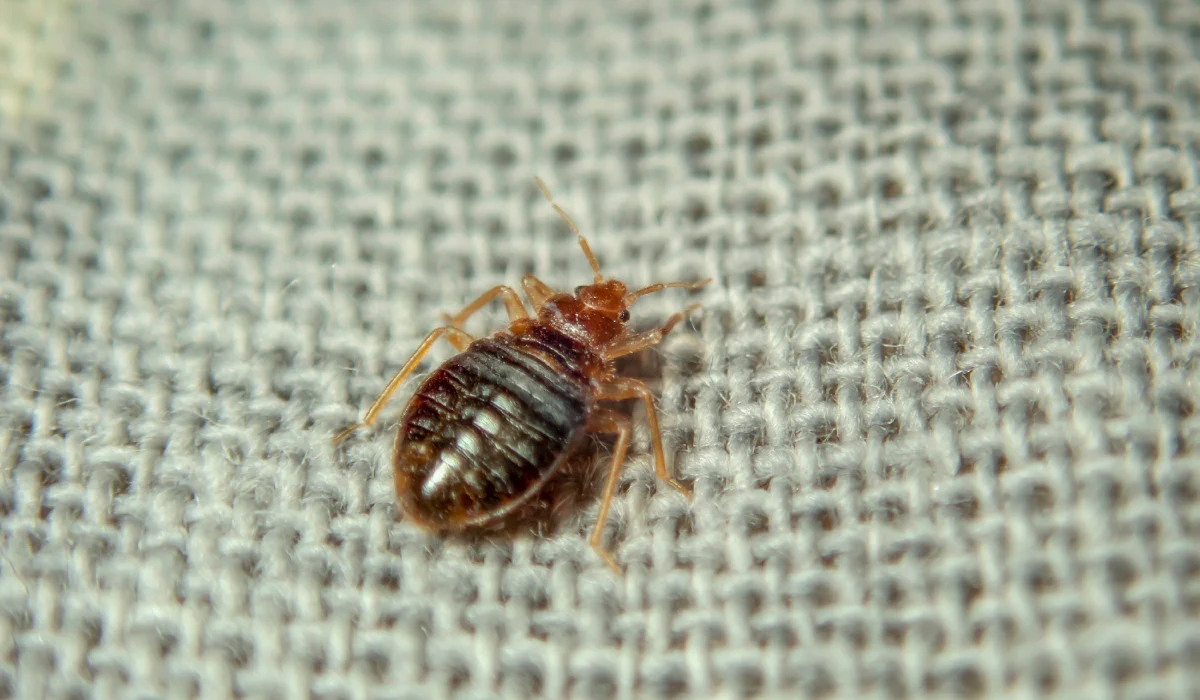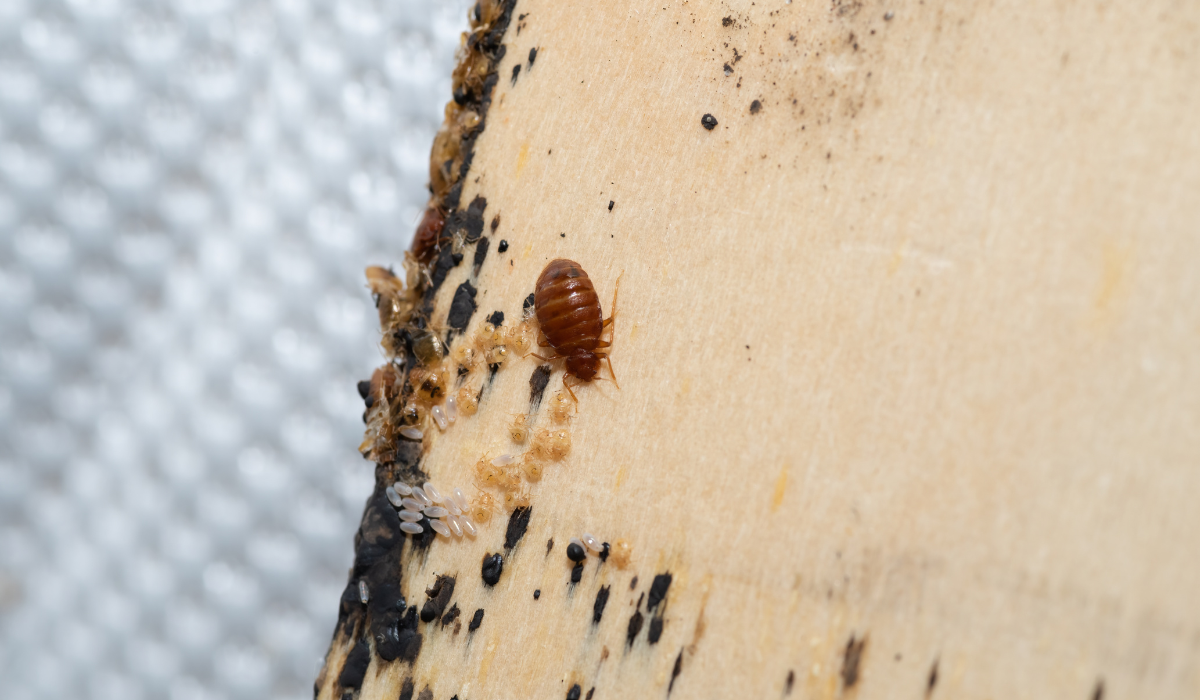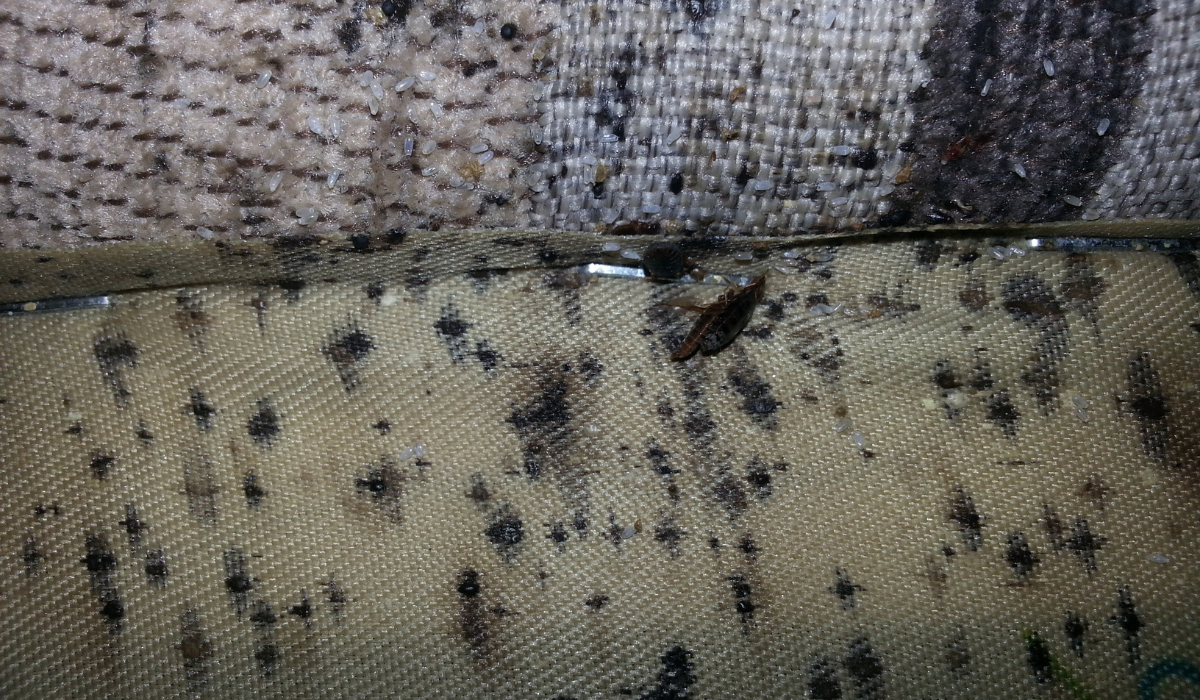Pest-Free Vacation: How to Check for Bed Bugs in Your Hotel
Booking a hotel room is always exciting, but the last thing anyone wants to deal with during a stay is bed bugs. Before settling in, it is crucial to inspect the room for any signs of a bed bug infestation.
Can you spot small, reddish-brown insects or obtain random bed bug bites upon arrival? Keep reading to learn how to avoid bed bugs during your travels.
Key Takeaways
- Create a detailed checklist of the signs to look for in your hotel room that might signal bed bug presence.
- If bed bugs are found, immediately notify the hotel staff.
- Preventive measures such as protective luggage covers and laundering clothes can prevent bed bugs from traveling home with you.
- Professional pest control services are necessary if a significant bed bug infestation occurs at home.
5 Steps to Inspecting Your Hotel Room for Bed Bugs
Conducting a thorough inspection of your hotel room is critical to ensuring a bed bug-free stay. Follow these steps to look for signs of bed bugs and prevent unwanted guests from bringing them home.
1. Prepare for Inspection
Before starting, gather the necessary items for a comprehensive examination. Consider grabbing tools:
- Flashlight
- Magnifying glass
- Plastic bags
- Gloves
2. Knowing What to Look For
Like the size of an apple seed, bed bugs and their signs can be subtle. To protect yourself effectively against bed bugs during your travels, keep an eye out for these key indicators:
Signs | Image | How to Spot |
Live Adult Bed Bugs |  | Look in seams, cracks, and crevices |
Shed Skins | Found around hiding places | |
Bed Bug Eggs |  | Clustered in hidden areas |
Droppings and Fecal Stains |  | Seen on sheets, mattress seams, and furniture |
Musty Odor | Noticeable when the infestation is severe |
3. Inspect the Bed Area
Inspecting the hotel bed involves several steps. To ensure you leave no potential hotspots unchecked, thoroughly inspect these areas near the bed:
Peel back the linens, bed sheets, and pillowcases.
Check the mattress seams and seams of the box spring for any signs.
Look closely at the headboard—take it off and inspect behind it if possible.
Don't forget to examine the bed frame and crevices where bed bugs often hide.
4. Check Furniture and Fixtures
Other areas can also harbor bed bugs. Take a moment to examine each piece of upholstered furniture and fixture to ensure no bed bugs have taken refuge there:
Furniture or Fixture | Inspection Points |
Nightstands | Inside and underneath drawers, all crevices |
Chairs and Couches | Upholstery seams, cushions, and under pillows |
Curtains | Folds and pleats, especially around the rod and base |
Lamps and Decor | Base and any intricate details where bed bugs could hide |
5. Review Storage Areas
Carefully check these common storage areas in your hotel room to ensure they are free of any unwelcome guests.
Examine the luggage rack thoroughly, along with seams and straps.
Check closets by looking at dark corners and around any shelves.
Inspect drawers for any dark spots or live insects.
What to Do if You Find Bed Bugs in Your Hotel Room
Discovering bed bugs in your hotel room can be unsettling, but acting swiftly and methodically can help manage the situation effectively. Here’s what you should do:
Notify the hotel staff immediately: Contact the front desk about the bed bugs. Show them any evidence of bed bugs, such as photos.
Request a new room: Politely ask for a different room, preferably not next to, directly above, or below the infested one.
Inspect the new room: Check the new room for bed bugs before unpacking. Look at the mattress seams, headboard, and any furniture.
Protect your belongings: Keep your luggage off the floor and bed. Use luggage racks or place your bags in the bathtub to avoid bringing the bugs home.
Ask about bed bug control measures: Find out if the hotel has contacted a bed bug control company and what actions they are taking to get rid of bed bugs.
Use pesticides cautiously: If using any pesticides, ensure they are approved for use in sleeping areas and follow all label directions.
Avoid unpacking: Keep clothes and items in your suitcase. Seal dirty laundry in plastic bags to prevent bed bugs from getting in.
Document everything: Take notes and photos of the bites and bugs. This evidence can be helpful if you need to file a complaint or claim later.
Follow up with hotel management: Ensure they address the problem and take proper bed bug control measures.
How to Avoid Bringing Bed Bugs Home
Bed bugs can be notoriously sneaky travelers. Here’s how to protect yourself and keep these unwelcome guests from hitching a ride home with you:
Strategy | Recommended Action |
Initial Inspection | Look for signs of bed bugs with your naked eye, such as tiny blood stains or welts on clothes. |
Use of Protective Luggage Covers | Invest in high-quality covers to prevent pest entry, and only remove them before vacuuming. |
Laundering Dirty Clothes | Launder clothes, then use dryers at high temperatures to kill bed bug nymphs and eggs. |
Vacuuming Luggage | Vacuum all parts of your luggage and securely seal the vacuum bag in plastic. |
When to Consider Calling in the Pest Control Experts
Sometimes, despite taking extreme caution while traveling, you can still accidentally bring bed bugs home.
If bed bugs grow in large numbers and are everywhere—mattresses, furniture, carpets—a professional pest control company (like us at Native Pest Management) is essential.
As experts, we know how to get rid of bed bugs with our tools and expertise. So, act swiftly when any of these scenarios occur.
